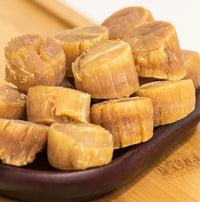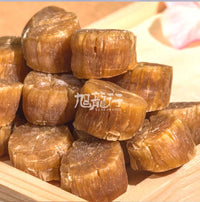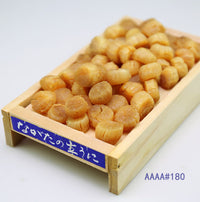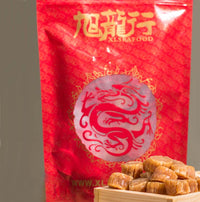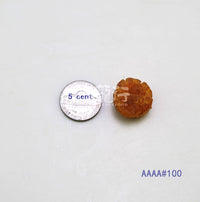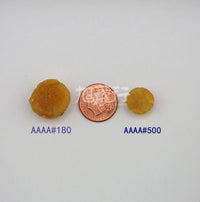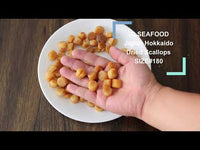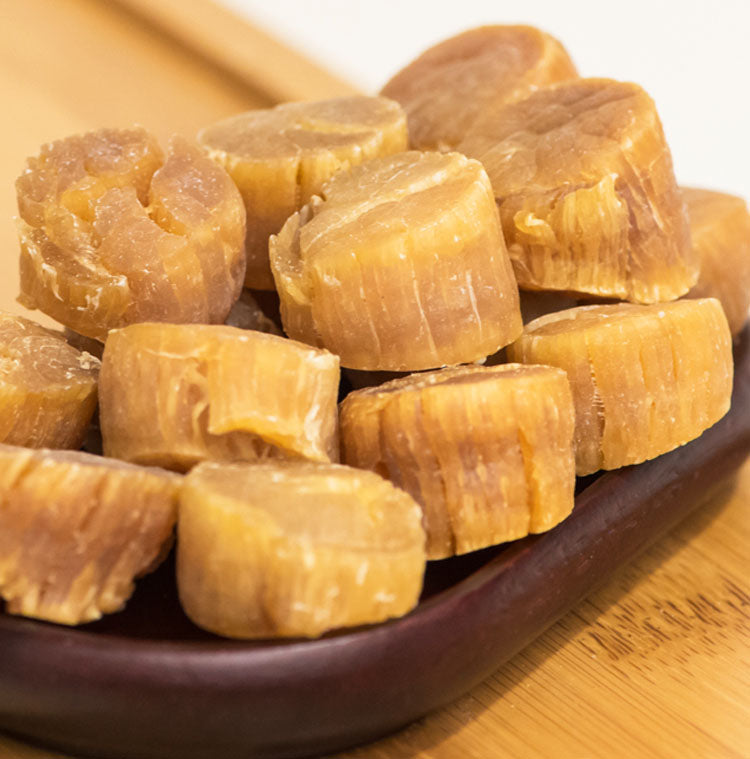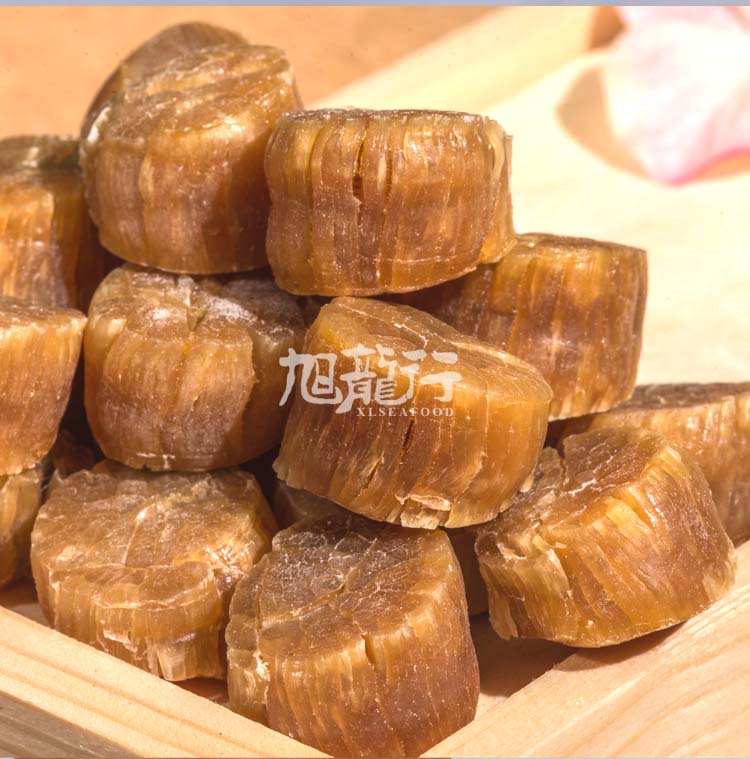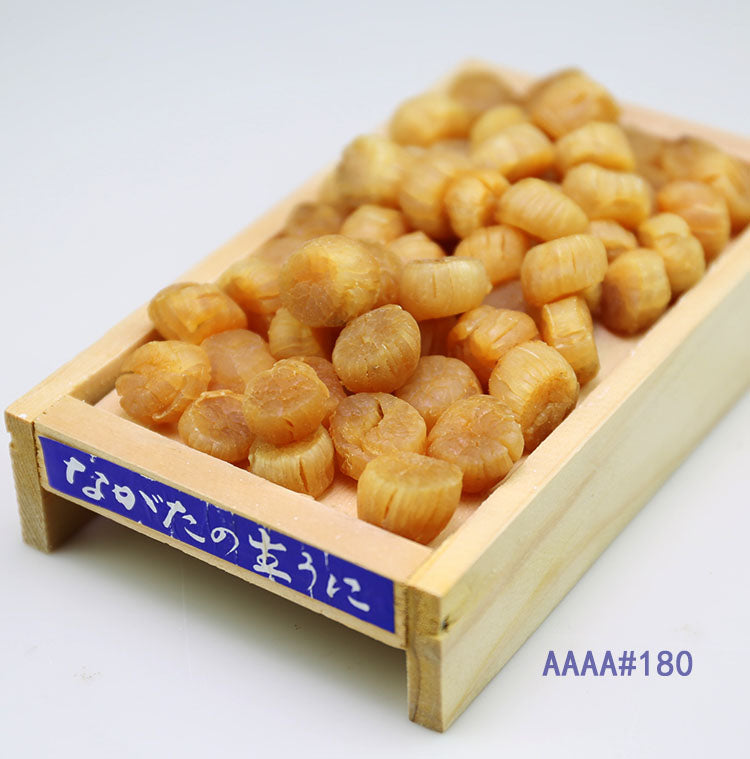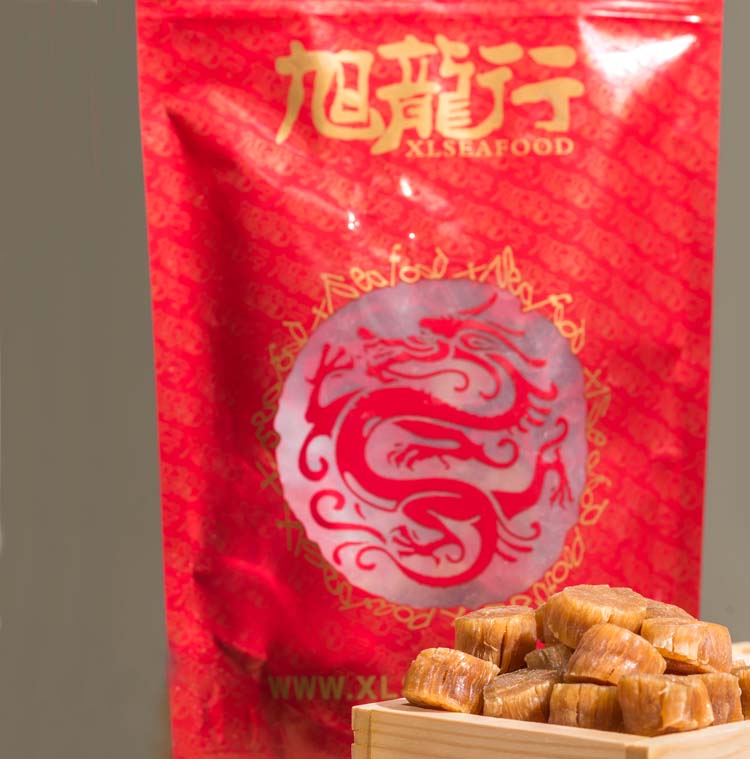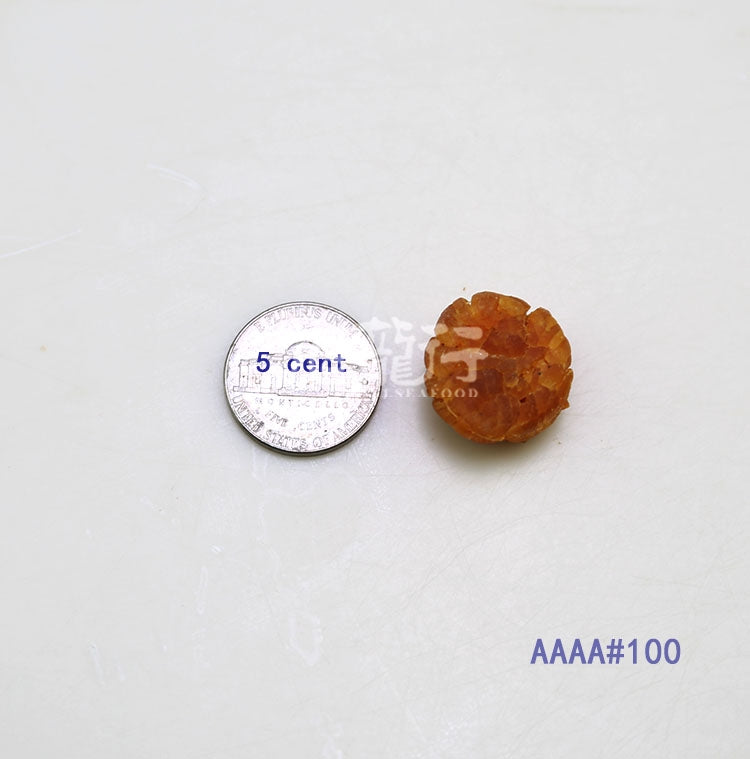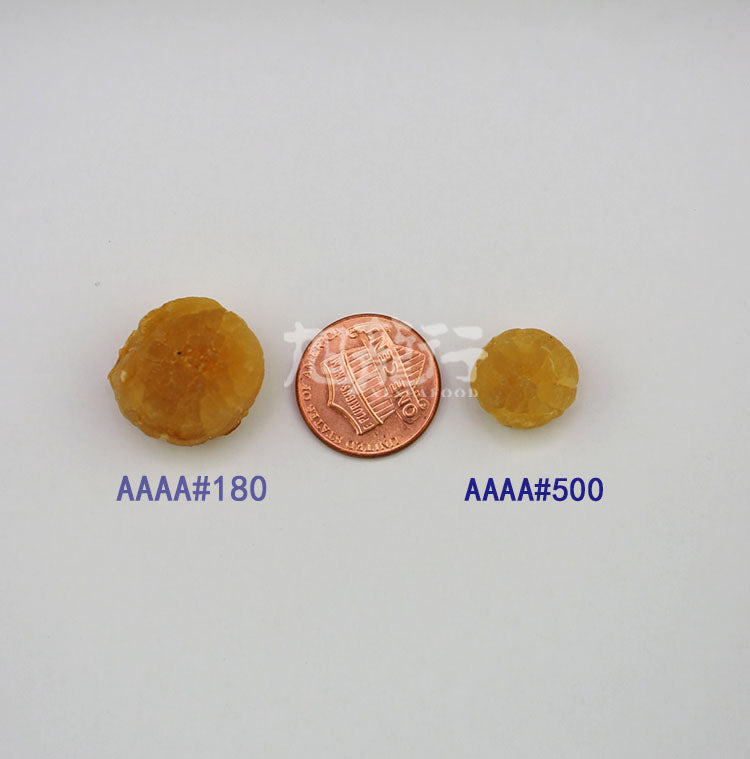Xlseafood Grade Premium Sun Dried Hokkaido Sun Dried Conpoy
-
Regular Price
-
$99.99
-
Sale Price
-
$99.99
-
Regular Price
-
Sold Out
-
Unit Price
- per
- Regular Price
- $99.99
- Sale Price
- $99.99
- Regular Price
- Unit Price
- per
Powered by Salepify App
- 产品说明
- 规格说明
- 泡发方法
产品说明
About Dried scallops
Dried scallops, also known as "Yuanbei" or "Jiang Yao Zhu", are made of the closed shell muscles of scallops, sun and moon shells, and Jiang Fu shells, commonly known as "Yao Zhu". The shape is a short cylinder, with column ribs on the side of the body, the color is different from dark and light yellow, and some have been stored for a long time with white frost.

The meat of dried scallops is tender, the meat taste is sweet, and it has a special fresh flavor, and the larger the particles, the better the taste.
It can be combined with other ingredients or cooked alone, and it is a favorite seafood treasure.
When making dried scallops, only the stigma meat of fresh dried scallops is selected for drying in the sun, and the shell edge and other parts are not used.
Dried scallops are produced in Japan, China and Vietnam, with Japanese scallops being the highest quality, followed by Chinese scallops and then Vietnamese scallops.

Highly nutritious seasoned products
"Materia Medica" says: It can "lower the qi, benefit the five internal organs, and cure thirst";
"Seeking the Origin of Materia Medica" says: "Nourish true yin and stop urinating".
Yaozhu is rich in protein and a small amount of iodine, and its effect is similar to that of seaweed and kelp, but it contains a very rich aroma, and the taste is more delicious and delicious, whether it is used as a main ingredient or ingredient, it can highlight or add to the deliciousness of the dish.
Japanese scallops
There are two main types of dried scallops: "Soya scallops" and "Aomori scallops", but it has been observed that merchants in the US market generally only label dried scallops as "Japanese dried scallops" or "Soya scallops", while "Aomori scallops" are less common.
Soya Scallops: Soya is a place name located in Hokkaido, Japan, and is the most famous place where dried scallops are produced. Zonggu dried scallops are large in size, golden in color, dry on the surface, generally with a few cracks, and of high quality, and the taste is particularly strong.
Aomori Dried Scallops: Aomori is the northernmost prefecture on the Japanese island of Honshu, located south of Hokkaido, and is also rich in dried scallops. Aomori dried scallops are slightly smaller in size than Soya dried scallops, and the taste is not as fragrant as Soya dried scallops, but it is sweeter; The color is generally light golden yellow, the shellfish grain texture is looser, and the cracks are more obvious.
Inspection of Sotani scallops
Japanese scallops have been food poisoning incidents caused by the "red tide" incident caused by Eplinoflagella, so since Showa 53 (1978), scallops need to pass the shellfish poison safety test and affix the inspection label before they can be marketed.
Because the Soya River is located in the inner river of Hokkaido, it is not listed as a nuclear disaster ban because it is far from the "nuclear disaster" area of Fukushima and the coast of Japan. All Hokkaido, Japan, Jiang Yaozhu, entering the United States need to go through FDA border inspection and pass before entering the country for sale.

Source from Xlseafood
规格说明

泡发方法
Note
1. After buying dried scallops, pay attention to the preservation method to avoid deterioration of dried scallops due to improper storage. Chinese dried scallops are generally not dry enough, must be stored in the refrigerator as soon as possible, and once the plastic bag storing dried scallops is opened, it will lose its sealing function, so the remaining dried scallops should be put into a dense bag first, and then put into the refrigerator.
2. The fragrant Japanese Soya dried scallops have more salt and should not be exposed to moisture to avoid deterioration. After opening the plastic bag where dried scallops are stored, it is best to put the remaining dried scallops in a dense bag before putting them in the refrigerator. The sweet Japanese dried oysters in Aomori have less salt and can be placed in sealed utensils, such as glass bottles, stored in places that do not reach direct sunlight, or stored in refrigerators.


